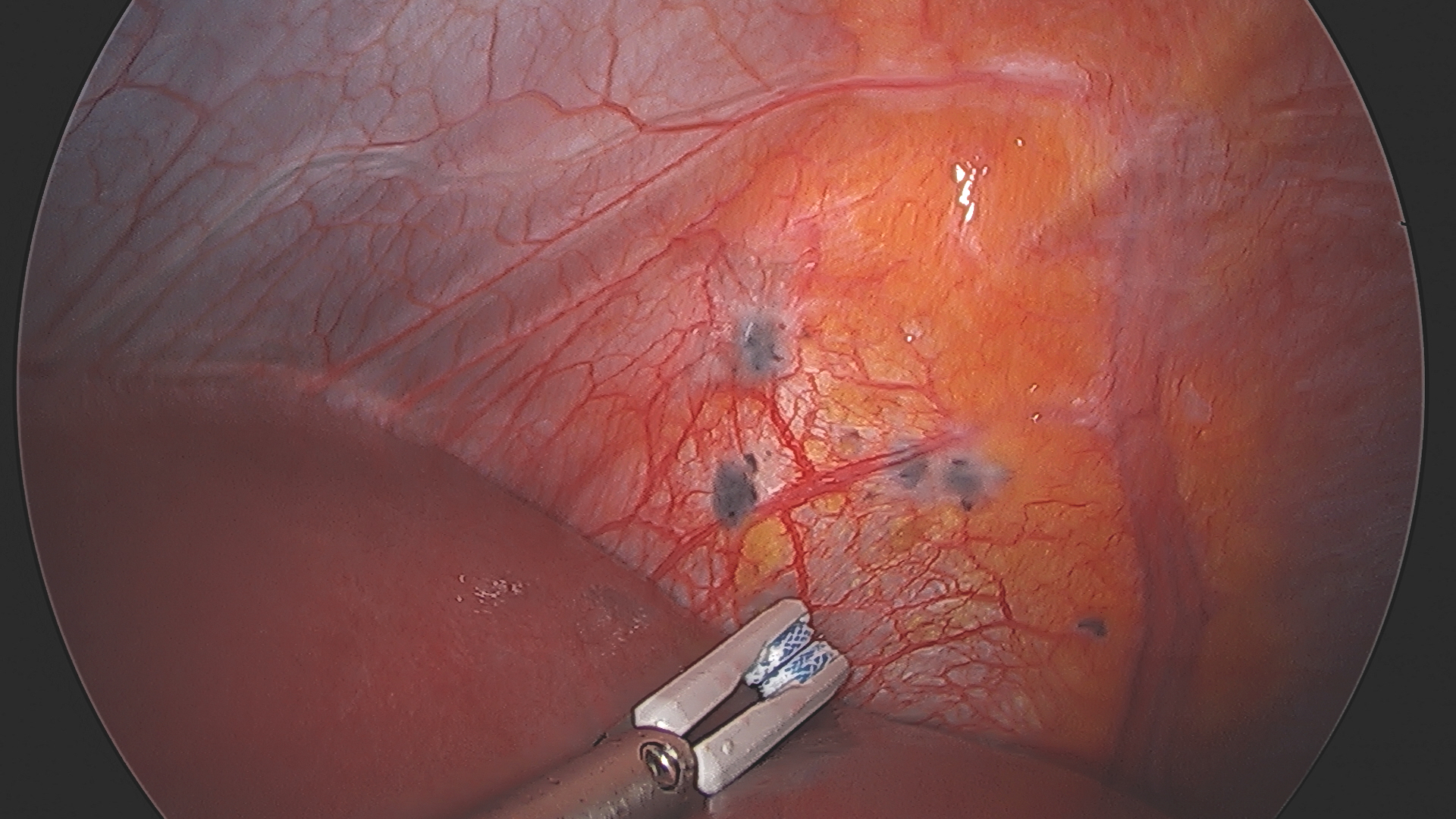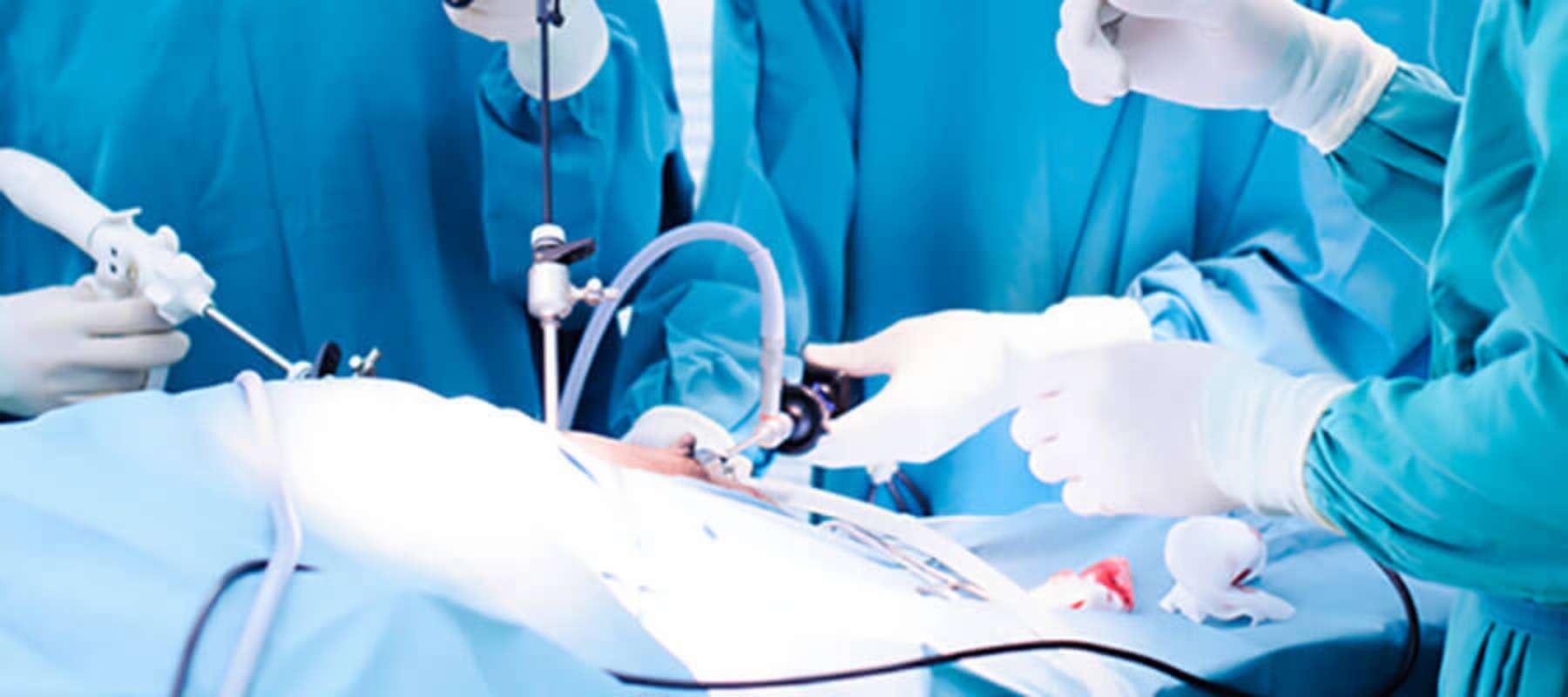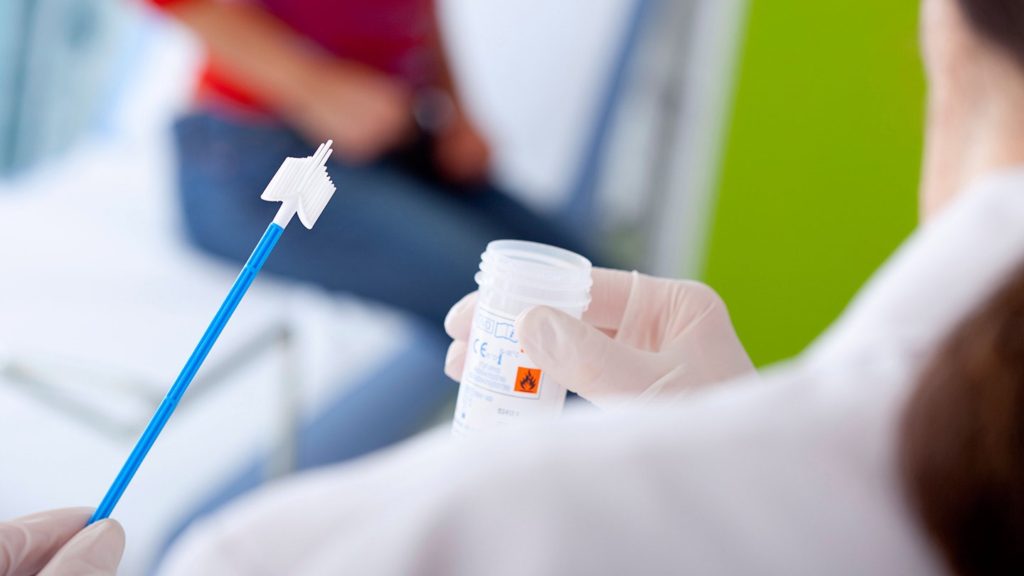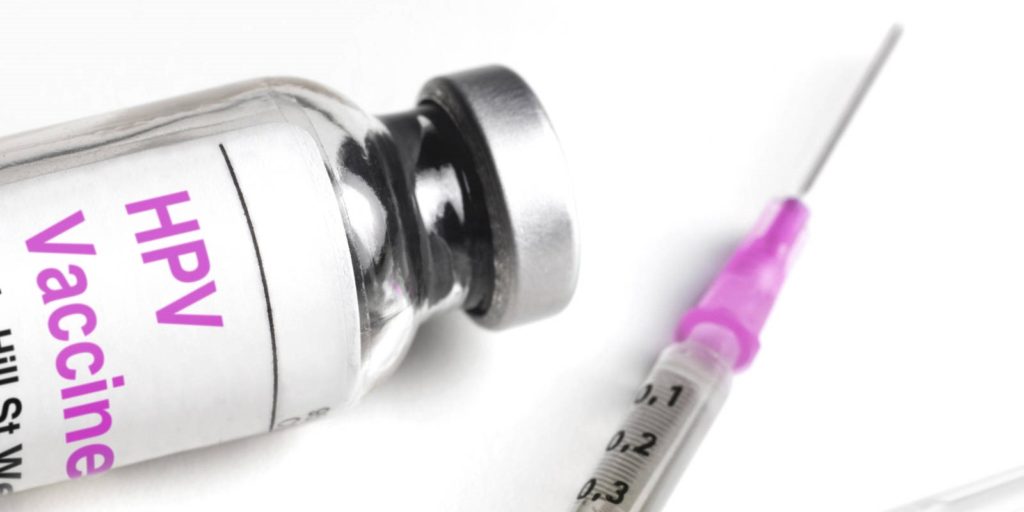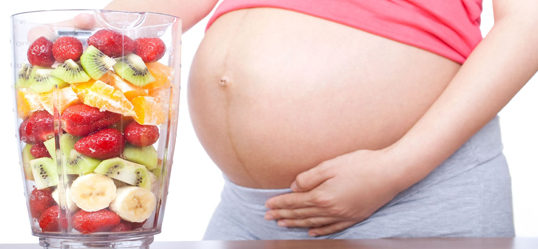 Original article – Pregnancy and Sleep.
Original article – Pregnancy and Sleep.
If a pregnant woman is ‘eating for two’ whenever she sits down for a meal, then it’s also true that she is ‘sleeping for two’ every time she goes to bed. Pregnancy can significantly reshape the sleep architecture of expecting mothers, often for the worse. Sleep disorders such as insomnia, sleep apnea and restless leg syndrome are somewhat commonplace. Furthermore, physical symptoms of pregnancy like cramps and nausea, as well as the general discomfort of carrying a child to term, can greatly exacerbate sleep-related conditions.
Pregnancy in measured in three stages known as trimesters, beginning with the first day of the woman’s last menstrual cycle and ending with the birth of the child roughly 40 weeks later. This guide to pregnancy and sleep will discuss the various sleep developments and concerns that arise during each individual trimester, as well as postpartum sleep issues and the sleep habits of unborn fetuses.
First Trimester
We begin with the first trimester, which spans the first 12 weeks of a standard pregnancy. Within days of fertilization, the fertilized egg will grow into a larger cellular body known as a blastocyst and attach itself to the inner wall of the uterus.
This implantation will trigger a spike in your body’s level of progesterone, a natural hormone that regulates the various stages of your reproductive cycle. Progesterone is considered a soporific hormone, meaning that it can induce early sleep onset. As a result, higher levels of progesterone can lead to both excessive daytime sleepiness and disrupted sleep at night. These feelings of fatigue can be so strong that you may mistake them for cold or flu symptoms, and the hormonal changes may cause you to develop insomnia symptoms. Sleep onset insomnia refers to difficulty falling asleep at normal bed times, while sleep maintenance insomnia is the difficulty remaining asleep. Increased progesterone levels can lead to either type of insomnia.
Additionally, the blastocyst will apply pressure on your uterine wall, which is located near the bladder. This pressure, along with the progesterone boost, will make you feel the need to urinate much more frequently. Nighttime bathroom visits will become part of your routine during the first trimester. Strangely enough, bladder pressure has also been linked to lucid dreams (or vivid dreams) in pregnant women. Both of these factors may impact your ability to remain asleep through the night.
The third through eighth weeks of the first trimester, known as the embryonic stage, are characterized by significant bodily changes for the mother and baby. As its major organs begin to develop, the embryo will grow to up to one inch in length. These adjustments will cause your to experience serious cramping, particularly in the pelvic region, and your breasts will begin swelling as your body prepares for nursing. These aches and pains can easily disrupt your sleep, as well. Additionally, pregnant women in their first trimester often experience excessive nausea, an affliction commonly called morning sickness.
By the ninth week, the embryo will have grown into a fetus, and the uterus will be the size of a large tomato. More cramping, swelling and discomfort typically occur in the four remaining weeks of the trimester.
Here are a few tips for reducing physical pain and getting enough sleep during your first trimester:
- Nap frequently to counteract the effects of your rising progesterone levels during the first trimester. Experts suggest napping in the afternoon in order to maintain your nighttime sleep cycle; two catnaps, each lasting between 30 minutes and an hour, are considered more effective than one long nap.
- Exercising in the morning can also help you maintain healthy sleep cycle.
- Avoid consuming large amounts of fluid in the evening. This should reduce your urge to urinate in the middle of the night.
- If you experience morning sickness, try snacking on light, salty foods like popcorn or pretzels.
Second Trimester
The second trimester is the longest, usually lasting from the 13th week to the 27th week. Your experience during the second trimester will largely depend on whether or not this your first pregnancy. First-time mothers often begin to feel the baby move at 18 to 22 weeks, but women who have already given birth may notice these sensations earlier in the trimester. At any rate, the fetus will grow considerably over the course of this trimester; by week 27, the average fetus is 10 inches in length and weighs more than a pound.
The second trimester is considered the best trimester in terms of the mother’s sleep patterns. Your body will be mostly acclimated to the rising progesterone levels, so daytime fatigue and sleep onset problems are usually less prominent. Morning sickness is also uncommon after the first trimester. This is the best time to establish a healthy sleep schedule, you’ll need it during the third trimester.
However, you may encounter some physical symptoms during the second trimester that negatively impact your sleep. Heartburn, for one, is quite common during this period, and lying down can often increase the discomfort of acid reflux. Nocturnal leg cramps can also be an issue, particularly pains in the calf muscles. Although these will probably become more pronounced during the third trimester, cramping often begins during the second. Many pregnant women experience cramping at night, which can lead to sleep disruption. If you’re prone to lucid dreams, then you can expect these to intensify during the second trimester, as well.
Another concern during the second trimester is preeclampsia, a complication characterized by high blood pressure. Preeclampsia symptoms typically begin to materialize after 20 weeks of pregnancy; these symptoms include headaches, light sensitivity, nausea, shortness of breath and decreased urination. Preeclampsia is somewhat rare, but the condition can be fatal for both the mother and the fetus.
Follow these guidelines and you should sleep soundly and remain healthy during the second trimester:
- Avoid eating and drinking certain things to ensure these second-trimester symptoms won’t be too severe. Spicy or fried food can lead to heartburn flare-ups, while soft drinks and other carbonated beverages can worsen the effects of leg cramping.
- Try to stand or sit upright for at least four hours after eating in order to ease the digestive process and mitigate your heartburn.
- If you experience a leg cramp in bed, try flexing your leg and/or foot muscles to relieve the temporary pain.
- Consult your physician immediately if you begin to experience symptoms of preeclampsia, or notice a sharp rise in your blood pressure levels.
Third Trimester
Last ‘but definitely not least’ is the third trimester, which begins during the 28th week and lasts until childbirth. The average pregnancy spans 40 weeks in length, but some mothers may deliver their baby as late as week 42 or 43.
The third trimester is a period of extraordinary fetal growth. Unfortunately, these developments can cause major aches and pains for expecting mothers. The majority of pregnant women experience severe lower back pain during the third trimester due to the excess weight around their midsection, and leg cramping may become more intense. Frequent urination spells will also return as the fetus expands and eventually settles in the the lower pelvic region. All of these factors can seriously disrupt sleep routines; the vast majority pregnant women wake up between three and six times each night during their third trimesters. For this reason, the third trimester is considered a more extreme version of the first.
In addition to insomnia brought on by physical discomfort, pregnant women in their third trimester are also prone to other serious sleep disorders. Roughly 20% of pregnant women will experience restless leg syndrome (RLS), a condition characterized by painful tingling or itchy sensations beneath the skin. RLS symptoms can strike at any time, but are most commonly reported at night or after long periods of sitting. RLS has been linked to iron and folate deficiencies, so your doctor may prescribe supplements to alleviate some of the symptoms. However, there is no cure for RLS. The good news: in most cases, RLS symptoms disappear after childbirth.
Obstructive sleep apnea (OSA) is another commonly reported sleep disorder among women in their third trimester. OSA occurs when your airway is partially or completely blocked, causing shallow breathing or loss of breath during sleep. Many women snore during pregnancy due to swollen nasal passages, and snoring can quickly evolve into OSA, particularly in women who were obese prior to their pregnancy weight gain. OSA in pregnant mothers is a serious issue because the lost air supply can lead to hormonal surges powerful enough to compromise fetal health. OSA has also been linked to an increased risk for preeclampsia.
During your third trimester, it’s important to prepare for the worst sleep of your pregnancy and make yourself as comfortable as possible leading up to bedtime. Here are a few tips for making it through the third trimester with your body, and sanity, intact.
- Reduce fluid intake in the late afternoon or evening.
- Make sure to completely empty your bladder during your final urination of the day. Leaning completely forward while peeing can help.
- Stay away from anything that irritates your digestive system, and consume plenty of iron-rich foods to help stave off RLS and excessive leg cramping.
- Stretching and light exercise before bed can help you fall asleep more quickly.
- Sleep on your left side to relieve pressure on your lower back. This will also boost your breathing circulation and help prevent apnea.
- For maximum comfort in bed, place pillows between your knees, behind your back and beneath the underside of your stomach.
Postpartum Sleeping
The period immediately following the birth of your child is commonly referred to as the ‘fourth trimester’. The fourth trimester, like the three trimesters of pregnancy, is often characterized by sleep-related issues. However, these issues have less to do with physical changes to your body, and more to do with your newborn’s sleep schedule.
As any new parent will attest, caring for a newborn can be an exhausting task. On average, babies wake up every three to four hours, although this varies considerably from child to child; some newborns will wake up on an hourly basis. Attending to your baby’s needs can quickly take its toll on your mind, body and mood, not to mention sleep schedule. Plan on getting up throughout the night in the weeks and months after your baby is born.
Postpartum depression (PPD) is another important concern during the fourth trimester. PPD is characterized by extreme anxiety and/or depression in mothers who have recently given birth, although roughly half of women diagnosed with PPD begin experiencing symptoms during pregnancy. Crashing progesterone levels and other hormonal changes can lead to PPD, as well as genetic predisposition, stress and other environmental factors. Like any other major stressor, PPD when left untreated can lead to severe insomnia.
Here are a few final tips for getting an adequate amount of sleep during the crucial phase known as the fourth trimester.
- Allow your baby to sleep in a crib or bassinet near your bed. This allows you to easily tend to your baby in the middle of the night, rather than getting up and walking to a different area of your home.
- Breastfeed if possible. Natural breastfeeding triggers a hormone called prolactin, which can induce sleepiness.
- Alternate nighttime duties if you are raising the baby with a partner. This will allow both of you to get more sleep on a weekly basis.
- Don’t ignore the early warning signs of postpartum depression. These include sadness, irritability, loss of appetite, inability to concentrate and sleep onset problems. Consult a physician as soon as you begin to experience these symptoms.
Conclusion
During your pregnancy, it is imperative for you to get enough sleep – difficult as that may be at times. You can greatly reduce the risks of insomnia and other sleep disorders by following the guidelines listed above throughout all three trimesters of your pregnancy, as well as the critical fourth trimester period. If you have a newborn or infant at home, check out our Parent’s Guide to Healthy Sleep.

